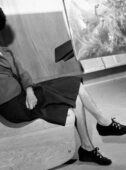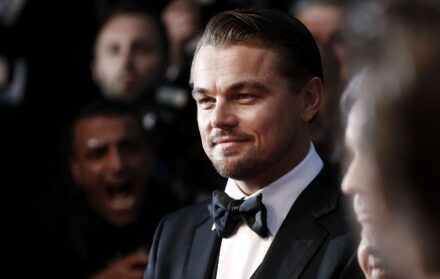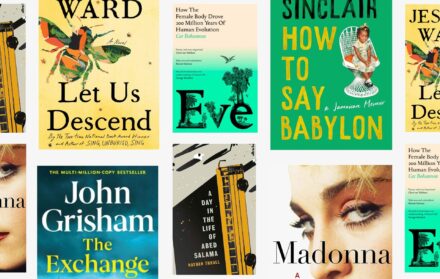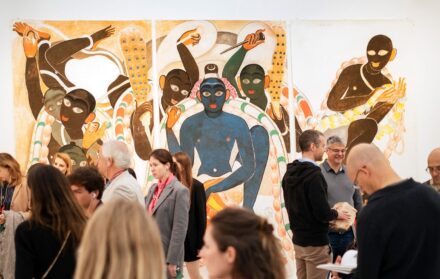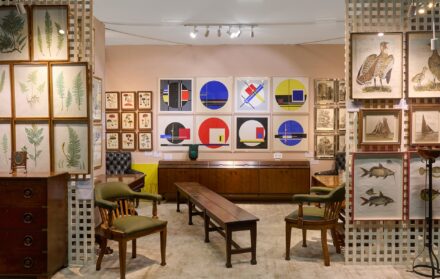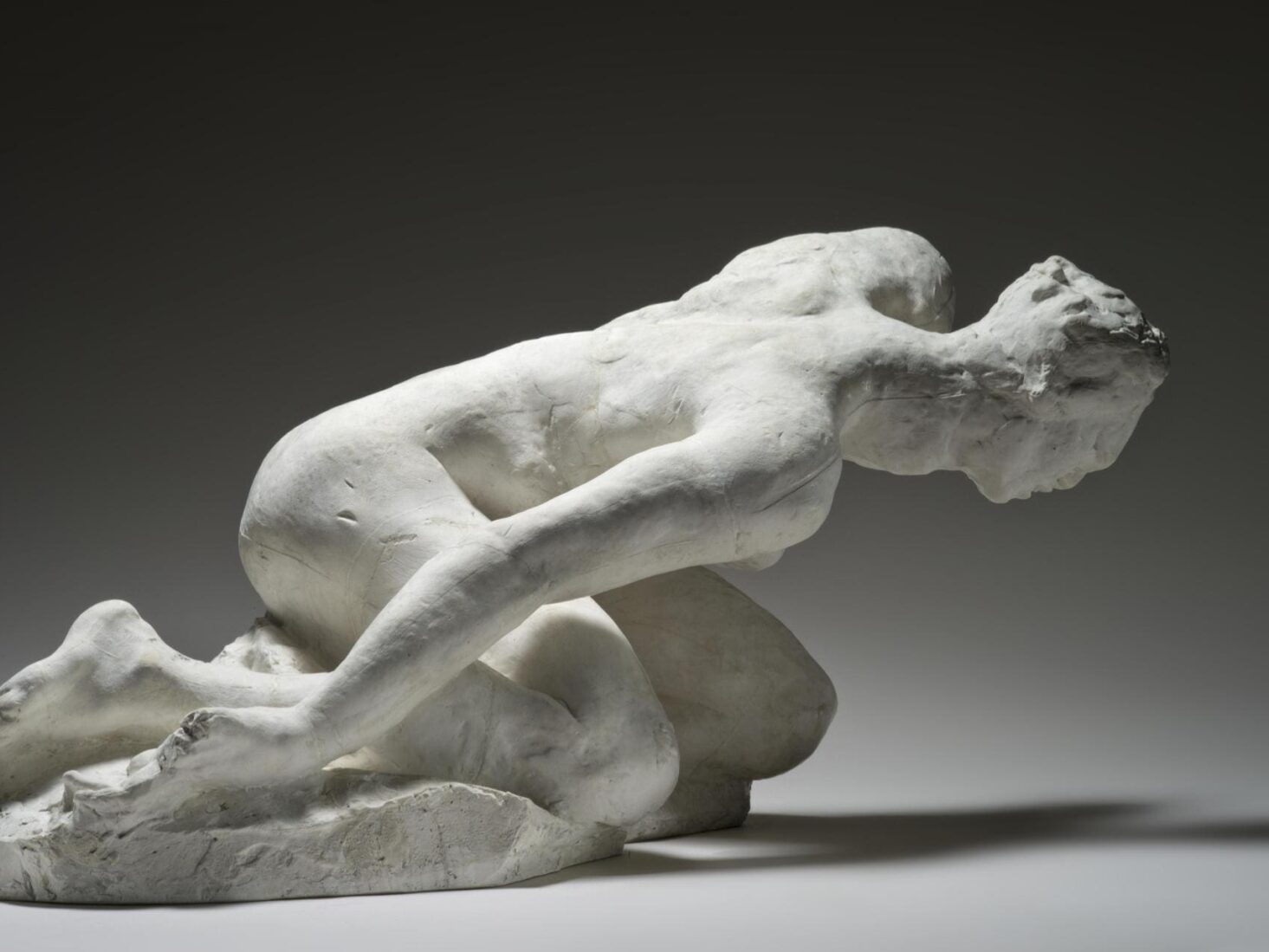
The Making of Rodin at Tate Modern– exhibition review
"Rodin’s work pays the admission fee alone... but the guide struggles to fill the space with anything particularly illuminating."
Until 21 November, Tate Modern is hosting a collection of cast sculptures and designs by Auguste Rodin, one of the most important and celebrated figures in 20th Century art. Arranged to resemble the artist’s studio – how Rodin himself liked to exhibit his work – it is the first show that focuses on the sculptor’s use of plaster casts.
That the exhibition is being displayed at Tate Modern, and not Tate Britain, has itself provoked debate. The English painter and illustrator Edward Burne-Jones (1833-1898) didn’t quite make it to Modern, after all, and the two lived at a similar time and a shared a similar retrospective view on their respective crafts. Whether that’s a comparison you accept or not, Rodin being here is not an accident. And it’s up to you to decide if he is – as the curators hint at – a sort of modernist, with all the subversive mischief that brings. Or just another in a line of classical-interpreting sculptors.
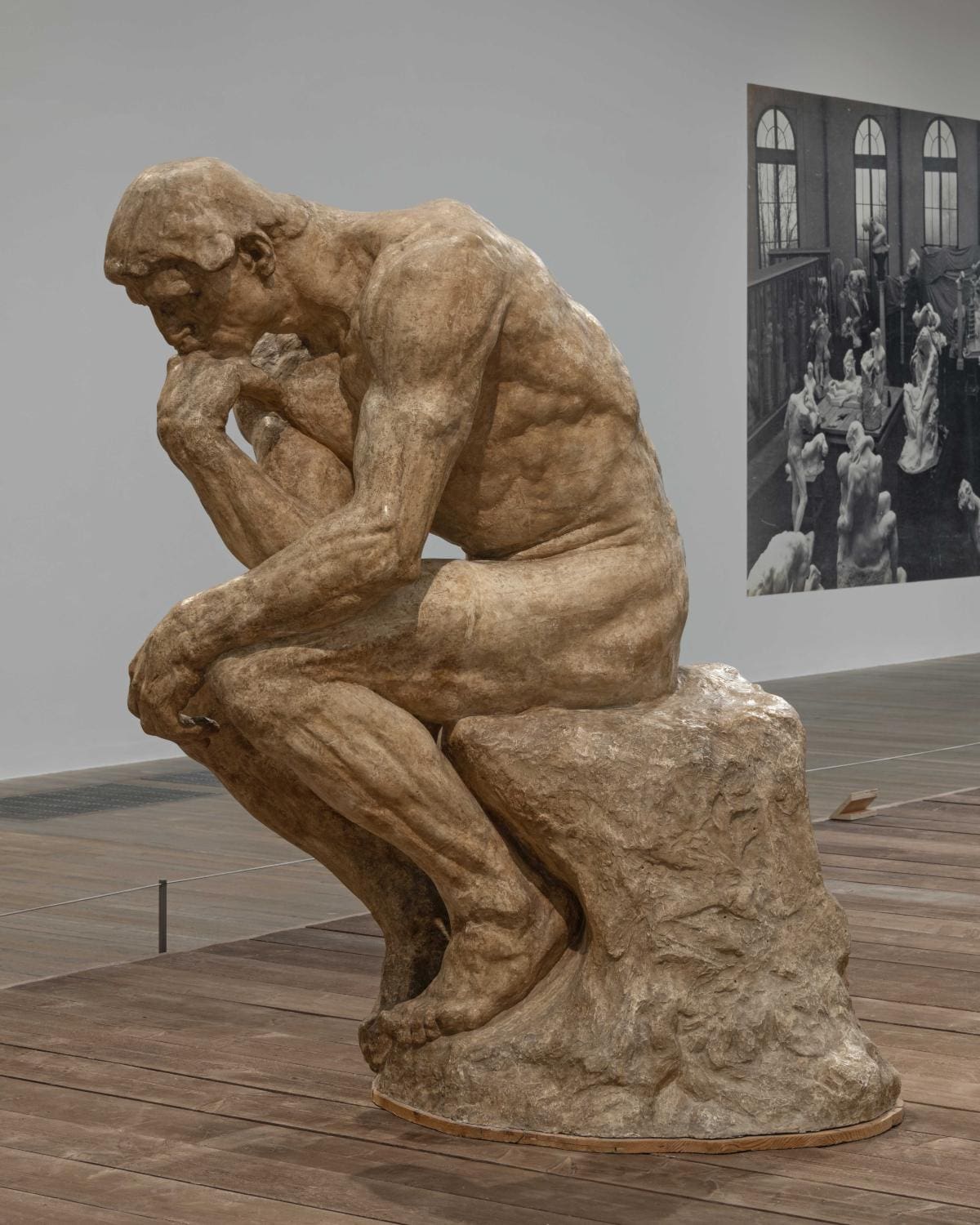
Rodin was born in 1840 to a working-class family in the Mouffetard district of Paris. Rejected on three occasions by the city’s nepotistic art school École des Beaux-Arts, he instead worked as an assistant into his mid-30s. He didn’t find fame until after his Age of Bronze nude statue. This is the first piece you encounter in the exhibition. It is so lifelike that you expect one of the eyes to blink. But the space is small and dark, and becomes crowded. Before long you’re hurried off. It’s as conventional and classic as Rodin gets, but deserves to be presented in an appropriate space.
The plaster models in the comparatively large, bright central salon almost seem like a beautiful gathering of dinosaur fossils: chipped, bone white, dismembered, and displayed on plinths. It includes a version of Rodin’s most famous work, The Thinking Man, but more emphasis is put on a curious, almost comical, assemblage of pieces from his divisive Honoré de Balzac project.
This is where you come in contact with Rodin the modernist. French novelist Balzac was by no means a pretty picture, no Eros or Hermes; a large man, who in photographs has stout features and the jovial expressions of a provincial landlord. It was Rodin’s aim to emphasise the writer’s personality, rather than his physical appearance. A large robe sits on a plinth and is just one of many studies you come into contact with. It speaks about Rodin’s tireless obsession with detail. How he made Balzac beautiful is one of his most impressive feats.
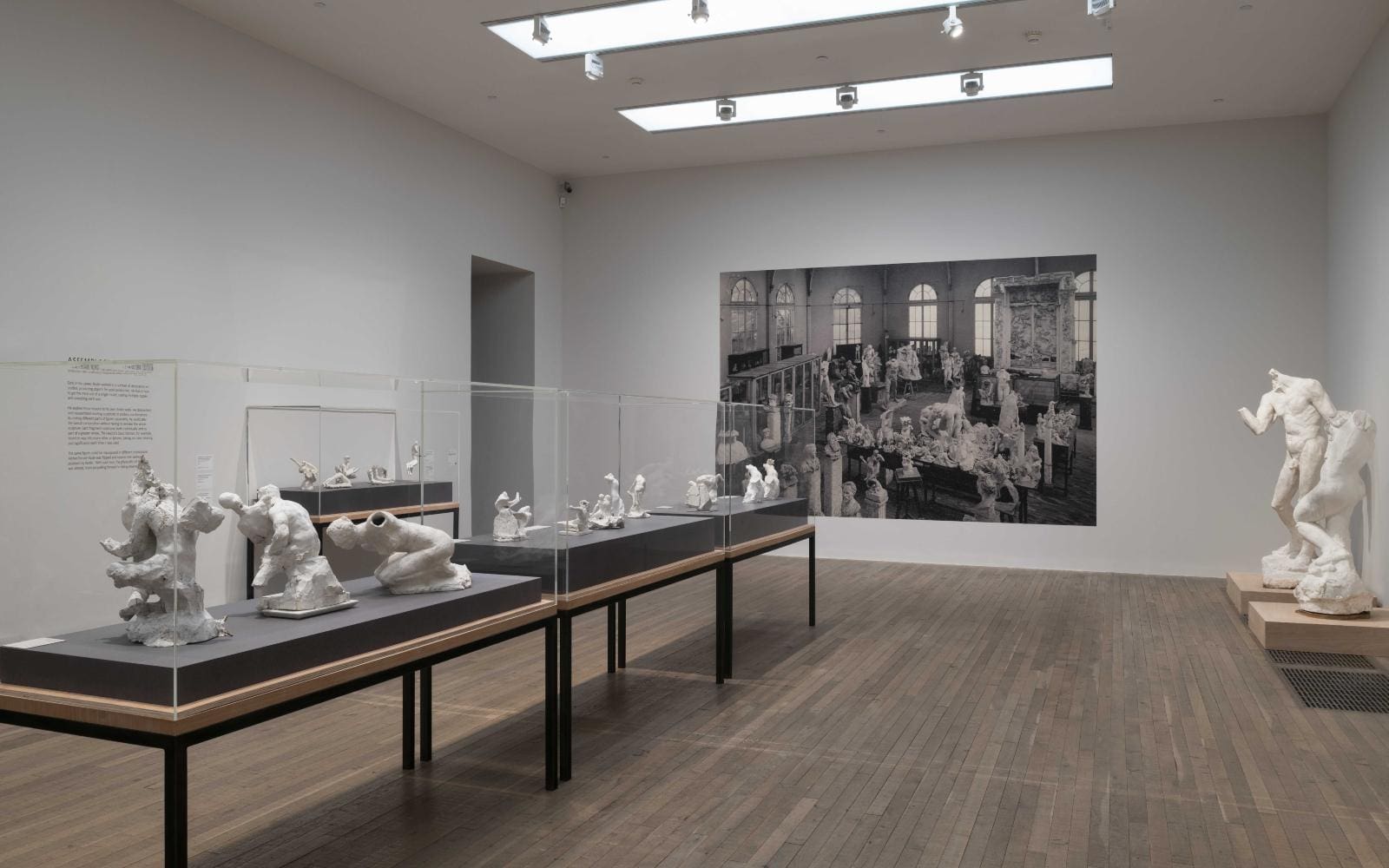
In an adjacent room is a surprising, overlooked highlight: a collection of watercolour paintings. Mostly in a twilight blue and pink, which seem less like guidelines and more like spaces he could draft his emotions onto, there are 20 or so spread over the wall. As you scan the framed pieces, you’re reminded of the fantastical impressionists, of Toulouse-Lautrec or Degas. Rodin’s paintings are the most obvious reminder of the era in which he toiled.
Rodin’s life did not have the romance of his contemporaries, although there is tragedy. We briefly learn about the sculptor Camille Claudel, who began as Rodin’s model, then his student, and became his disillusioned lover. Underappreciated for her work, perhaps even objectified by her married master’s desire for an artistic muse, she met a tragic fate of her own. We see three examples of her figurine work, all of which bear his style. Feeling some remorse after her death, we’re told that Rodin approved plans for a dedicated display.
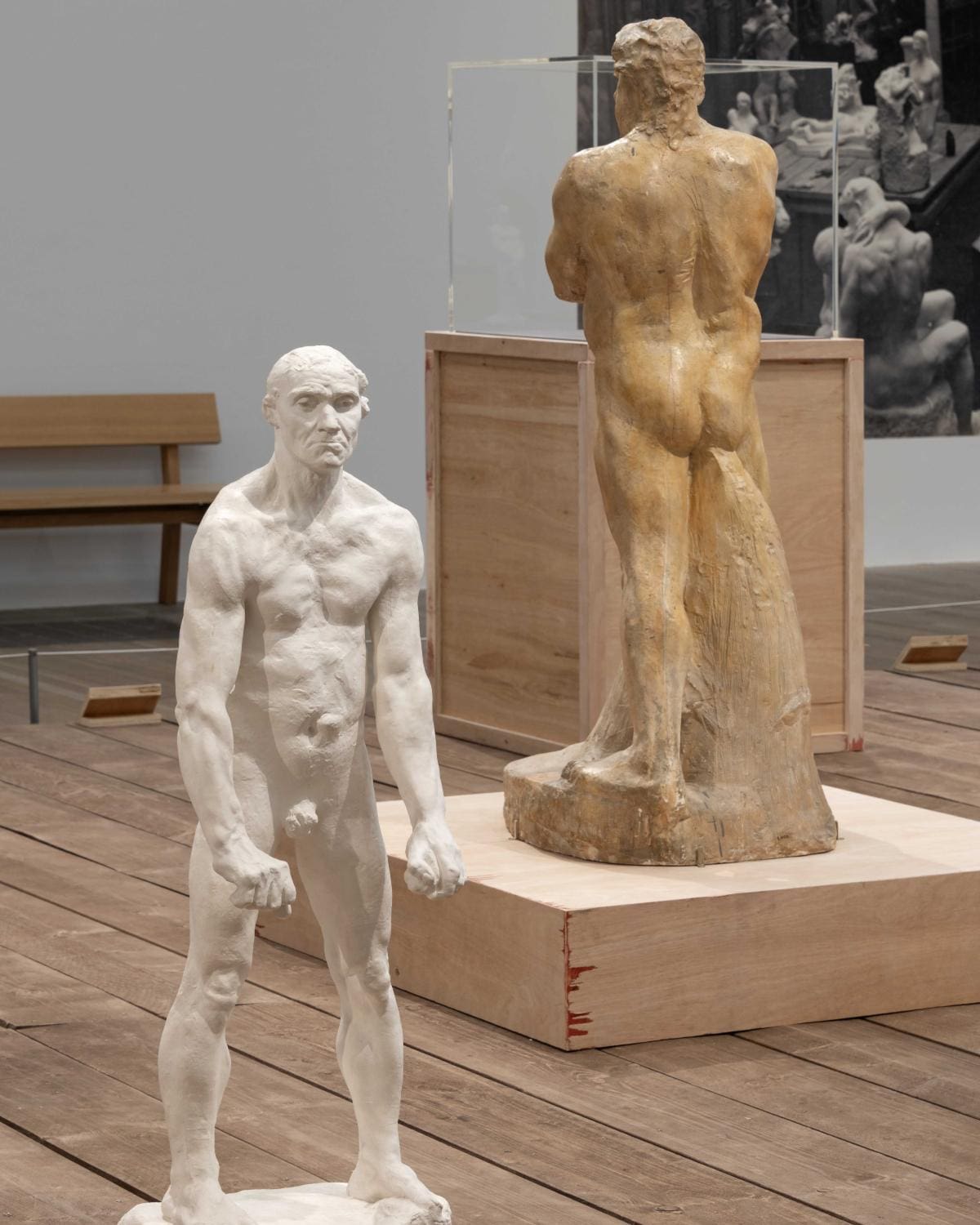
It is in the masks of Japanese actress and dancer Ohta Hisa that Rodin’s desire to capture human emotion becomes most intense. His attempt to capture a single emotion, anguish, ranging across Hisa’s face during a performance in Marseille, resulted in some 50 masks, a rare focus on the face over the body. Many of them are here for us to see, in all shapes. It’s one of the most interesting displays in the entire exhibition, and the one that most supports the Rodin-as-Modernist claim (the masks bear similarity to Dada’s African-inspired masks, and represent a step from Rodin’s beloved Ancient Greeks). As you stare at Hisa’s sloping cheeks and wide mouth, it’s impossible not to question what it was that affected Rodin so intensely. But no personal insight is really given.
The problem with Rodin, and this is something the curators have struggled with, is that, as a person, he’s rather dull. Aside from an occasional affair, he makes most artists of his time seem like Tiger Woods. The struggle has been to convey his life and personality through his exceptional work. And those spaces reserved for other artists’ most human failures and triumphs, are filled by descriptions of Claudel, Hisa, or another associate, writer and literary salon proprietor Helene von Nostitz.
There’s nothing really wrong with this, and Rodin’s work pays the admission fee alone. When something is good, it’s good. But the limping, cracked plaster figures leave you yearning to see more of Rodin’s finished masterpieces.
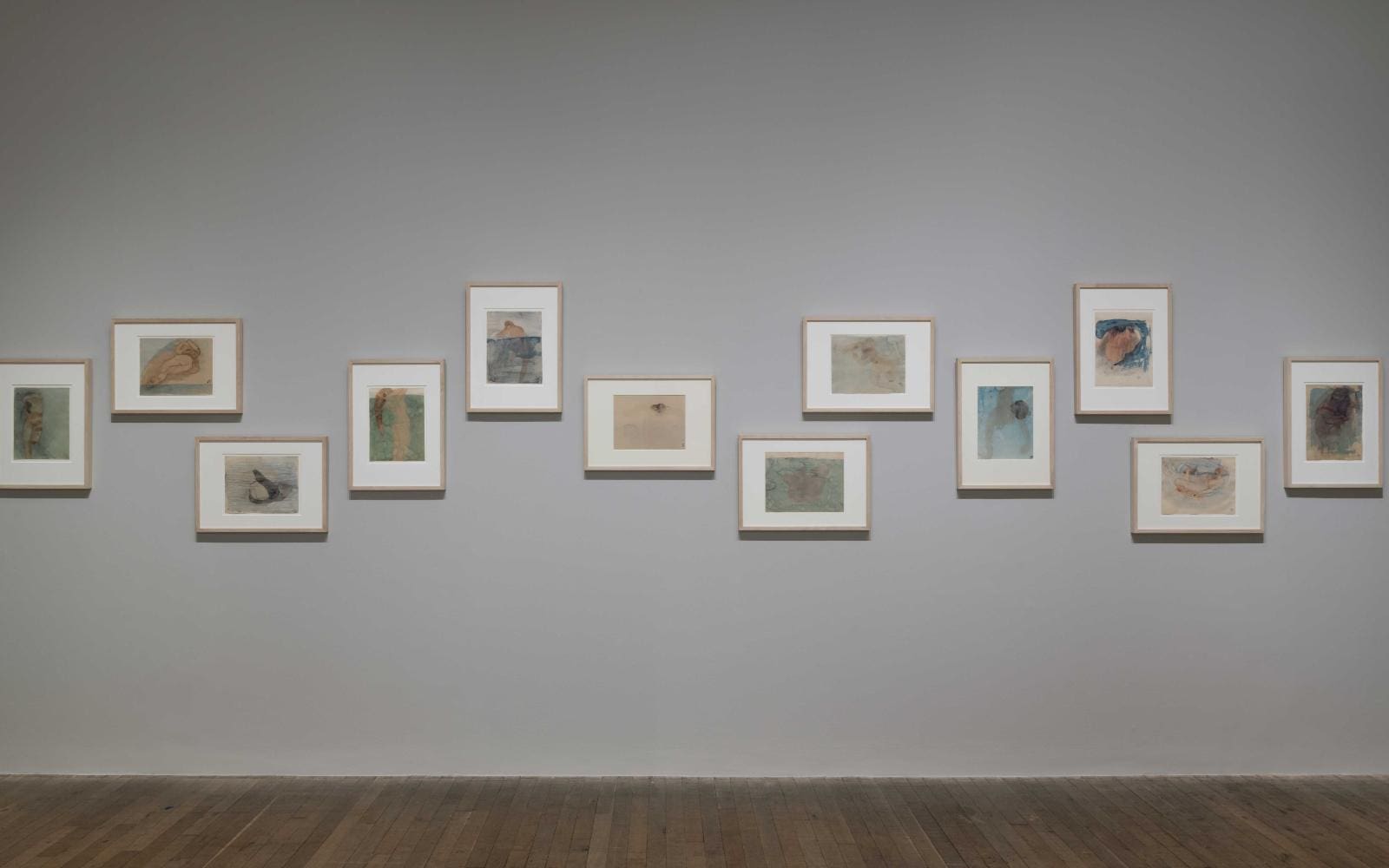
The closest you get to that satisfaction is while circling his The Burghers of Calais – six men condemned to die. The expressions are brutal. The figures’ bony medieval limbs beg God for mercy; their unique personalities, regrets and horror laid bare.
Some of my fellow spectators were left open-mouthed. There’s something about this work that we all feel. There is a bronze cast of the work outside the Houses of Parliament that I’ve always admired, but it’s even more haunting in white plaster. The details buried in the dark creases of bronze are here, naked and ghostly. This is where my fellow visitors and I sat and remained the longest. It must be seen.
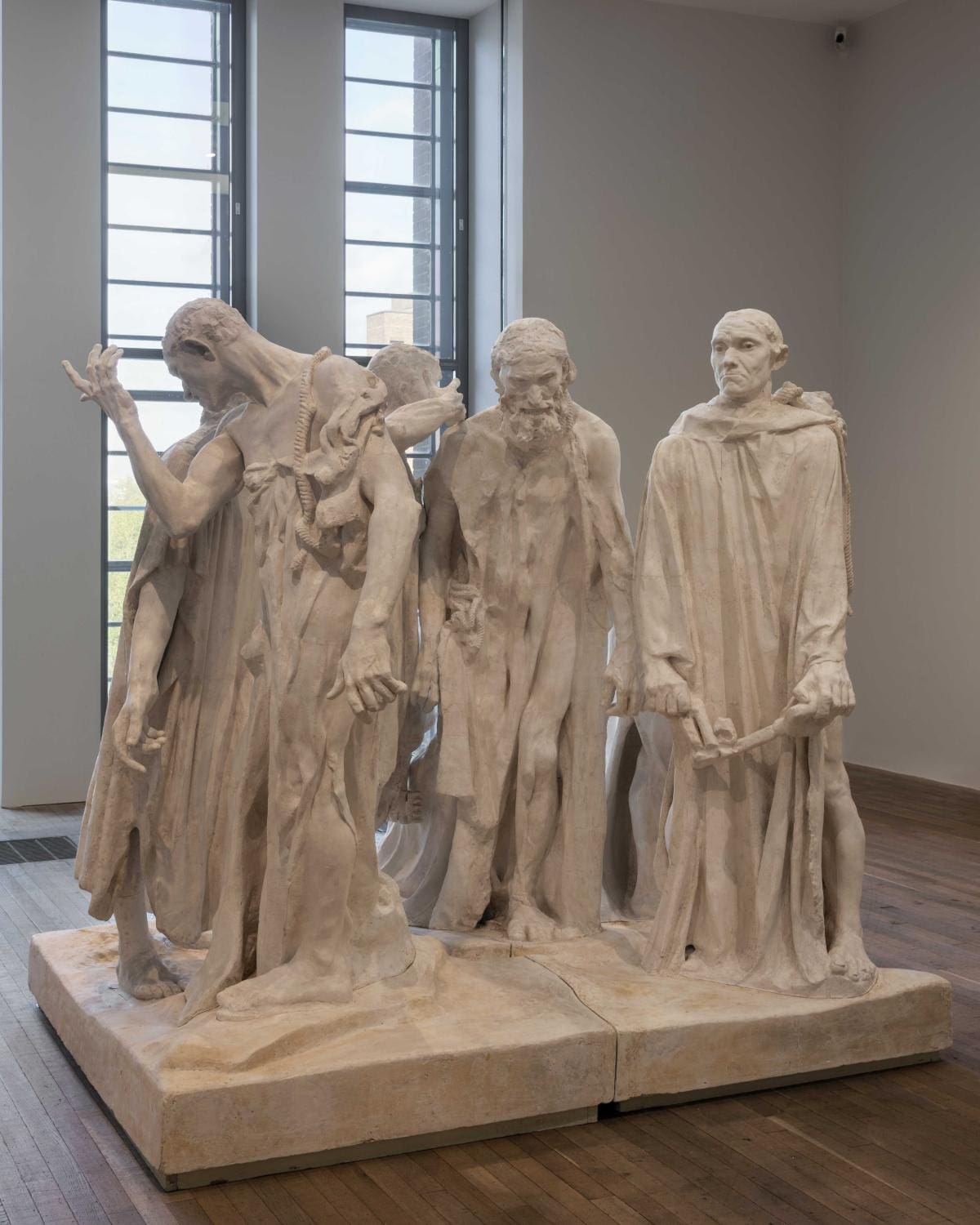
It was probably around this time that I started looking between sculptures and noticing other spectators. I hadn’t seen this many people in one space, sober, moving, diverse in size and stature, since before lockdown. I was transfixed between the gangly thighs and muscles of The Thinker and Balzac, and others in the salon.
Two slim, tall girls stood beside a stocky man. One of the girls had powerful legs, and the man’s tight-fitting T-shirt had creases caused by his muscles. Behind him was a modern Adonis, a handsome boy who stopped to observe Rodin’s small clay figures. He strode next to the stocky man, and the tall girls crossed him by. There was a large, older lady taking photographs of The Inner Voice. Another in a wheelchair with an overcoat draped like Balzac’s robe.
As the handsome boy walked past The Walking Man with a curious expression, you gauge Rodin’s purpose. It’s not to be postmodern or subversive – as the exhibition might have you to think – but to show the authentic connection between our bodies and our emotions.
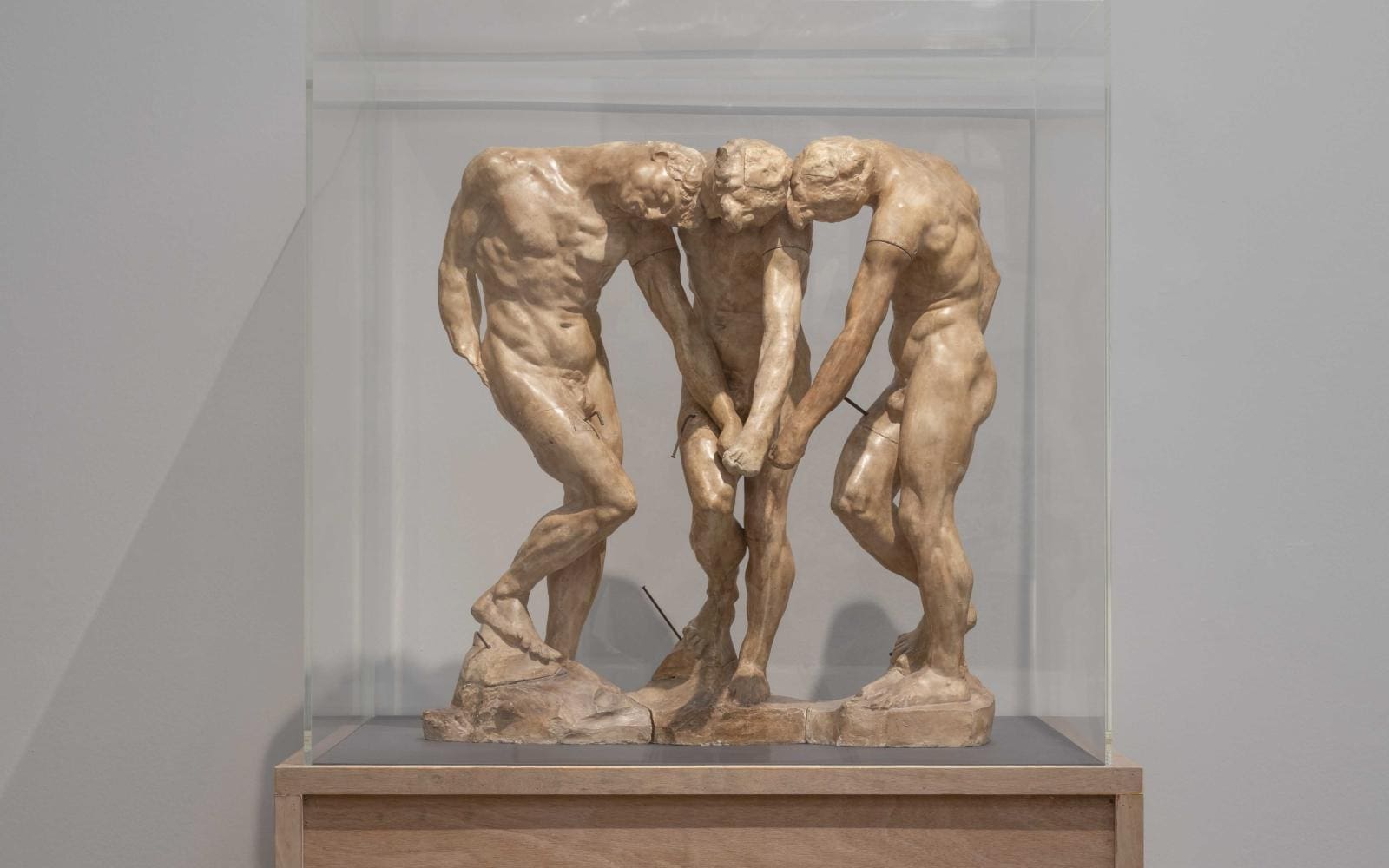
There are, of course, subtle references to body positivity. Of Rodin being ahead of his time in expressing creases and excess blubber; and that’s fine and good. But I’m less interested in Balzac’s gut than the vague display of his bodily emotion; the familiar traces of movement in a woman’s lifted arm; a man sitting with his head in his palms; or the burghers’ desperate plea to God.
There isn’t heaps to learn about Rodin here; the guide even struggles to fill the space with anything particularly illuminating. There’s a section called ‘Appropriation’ which is sure to please the contemporary art students. But it doesn’t need to be there, and says little about the artist himself. Rodin was straightforward about his art and what it does to people, which is about as classic as it gets.
The Making of Rodin runs until 21 November, free for members, otherwise: Adult £18, Senior £17, Student £17, 12-18-year-olds £5, Under-12s free, Tate Modern, Bankside, London, SE1 9TG, tate.org.uk


